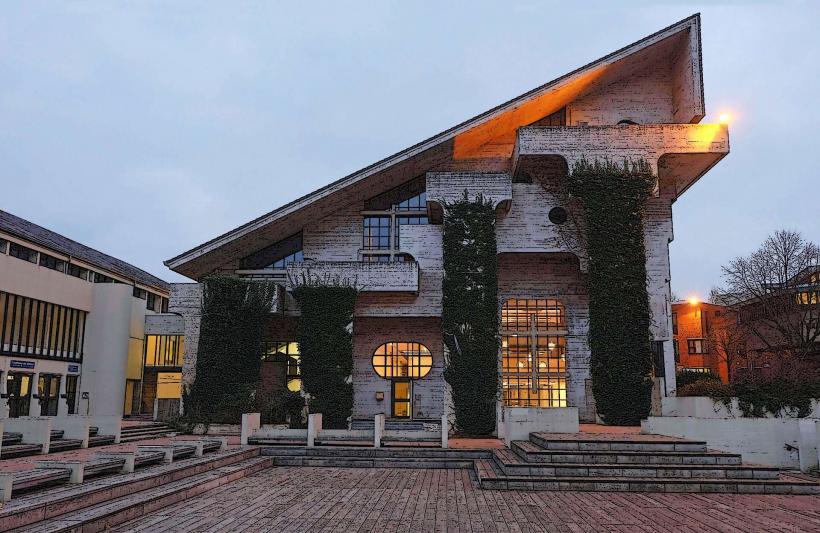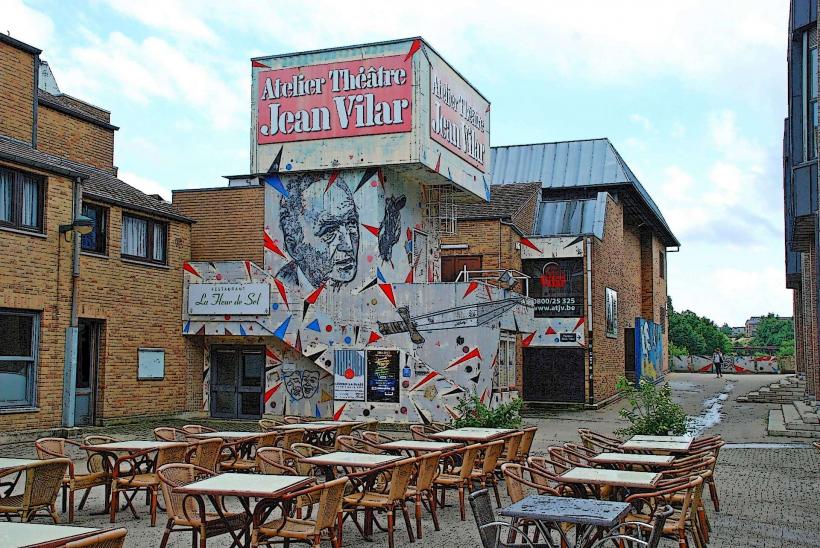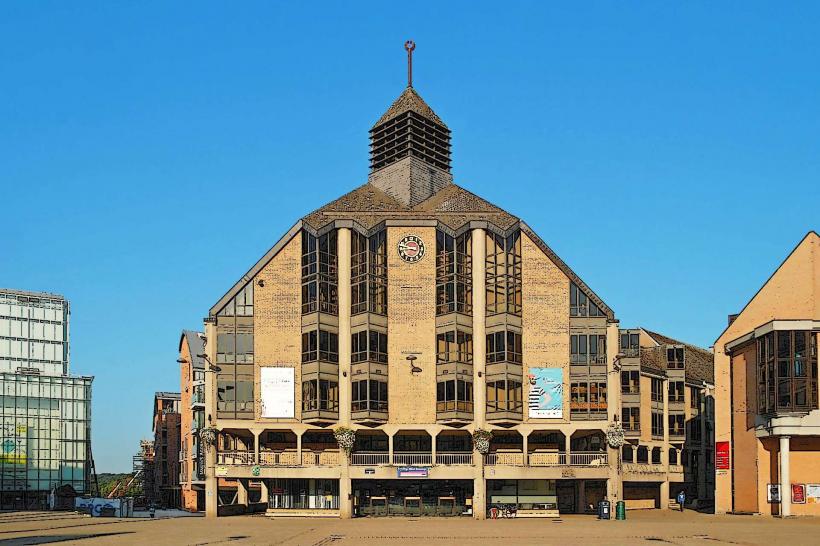Information
Landmark: Louvain-la-Neuve Train StationCity: Louvain la Neuve
Country: Belgium
Continent: Europe
Louvain-la-Neuve Train Station (Gare de Louvain-la-Neuve) is a significant railway station located in Louvain-la-Neuve, a planned city in the province of Walloon Brabant, Belgium. The station plays a vital role in connecting the city to the broader Belgian rail network, particularly providing access to Brussels and other surrounding areas.
History and Development
Louvain-la-Neuve itself was founded in the 1960s, primarily as a new campus for the Catholic University of Louvain (Université catholique de Louvain, UCLouvain) after the university split between Dutch-speaking and French-speaking communities. The town and its infrastructure, including the train station, were designed to support the needs of the growing university and the surrounding population.
The train station was opened in 1977, shortly after the founding of the city. It was built to provide an efficient transportation link between the newly developed city and other parts of Belgium. Given its primary role in serving the university community, the station was designed to handle both student commuters and visitors to the city.
Architecture and Design
Modernist Architecture: The station is designed in a modernist style, reflecting the overall aesthetic of Louvain-la-Neuve. It incorporates concrete, glass, and steel elements, characteristic of mid-20th-century architectural trends.
Underground Platform: The Louvain-la-Neuve Train Station is notable for its underground platform, which is uncommon for most Belgian train stations. The station is built on an elevated location above ground level, and the trains travel on an underground track. This design helps preserve the city’s unique layout, where much of the urban development is above ground.
Integration with the City: The station is well-integrated into the city’s pedestrian-friendly layout. Pedestrian walkways connect the station to the heart of the city, particularly to the university campus and nearby facilities. The station’s modern design and strategic location make it an important part of the daily life of students, faculty, and residents.
Connections and Services
Train Routes: The Louvain-la-Neuve station is primarily connected to Brussels, with direct trains running frequently to the capital. The station is on the Ottignies–Brussels line, and many passengers use it for commuting to and from the university. It also offers connections to other cities and towns in Wallonia and beyond.
Public Transport Links: The station is well-served by public transportation options, including buses, which provide easy access to other parts of Louvain-la-Neuve and the surrounding region. This makes it convenient for those traveling within the city or to neighboring locations.
Student-Friendly: Given Louvain-la-Neuve’s status as a university city, the station often accommodates large numbers of students traveling to and from the university. During peak hours, especially in the academic year, it can get quite busy, with students heading to or returning from classes.
Role in the Community
Transportation Hub: As the main transportation hub for the city, the Louvain-la-Neuve Train Station serves as an essential point for mobility. It plays a key role in supporting both commuters and visitors, contributing to the accessibility of the city and its university.
Cultural and Social Impact: The station is also a symbolic gateway to Louvain-la-Neuve. Given the city’s status as a hub for education, research, and cultural activities, the station serves as a starting point for many visitors, including those attending events, conferences, or exhibitions at the university.
Future Developments
Station Upgrades: Over the years, there have been upgrades to improve the station's facilities, including ticket machines, waiting areas, and accessibility for people with reduced mobility. Future projects may focus on further enhancing the station's role as a transportation hub and ensuring it meets the growing demands of the university and its residents.
Sustainability and Urban Planning: With a focus on sustainable urban development, Louvain-la-Neuve and its train station may undergo further improvements aimed at reducing its environmental impact. This could include green spaces, bike-friendly facilities, and eco-conscious construction projects in line with Belgium’s broader sustainability goals.
Conclusion
The Louvain-la-Neuve Train Station is not just a functional transport hub but an important element of the city’s infrastructure, supporting the university community and connecting the city with Brussels and beyond. Its modern design, underground platform, and integration with the urban layout make it a unique feature of Louvain-la-Neuve. As the city continues to grow and evolve, the station will likely remain an essential part of the city’s development and the daily lives of its residents and visitors.





